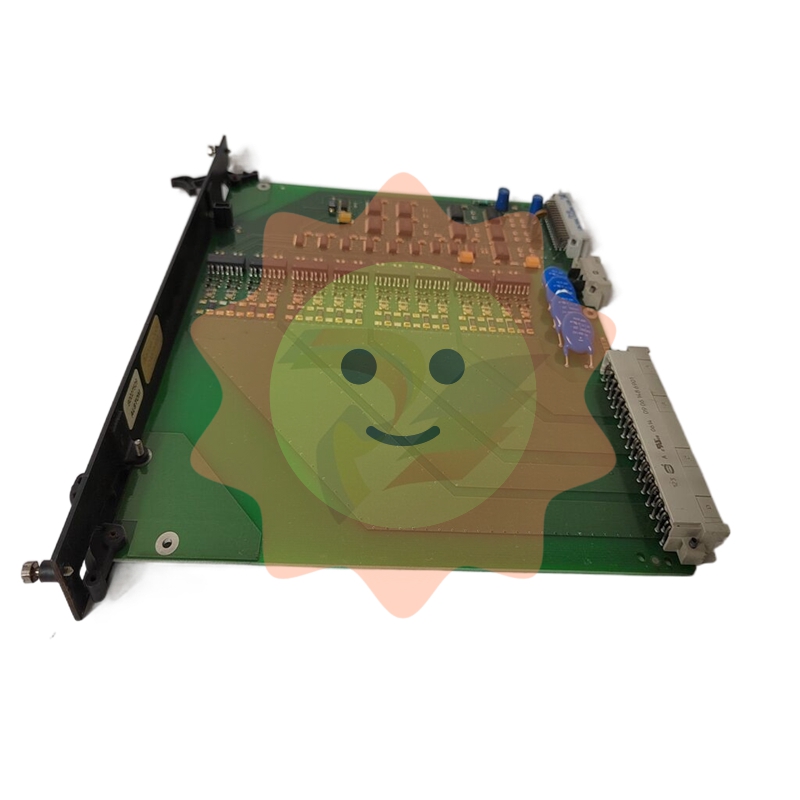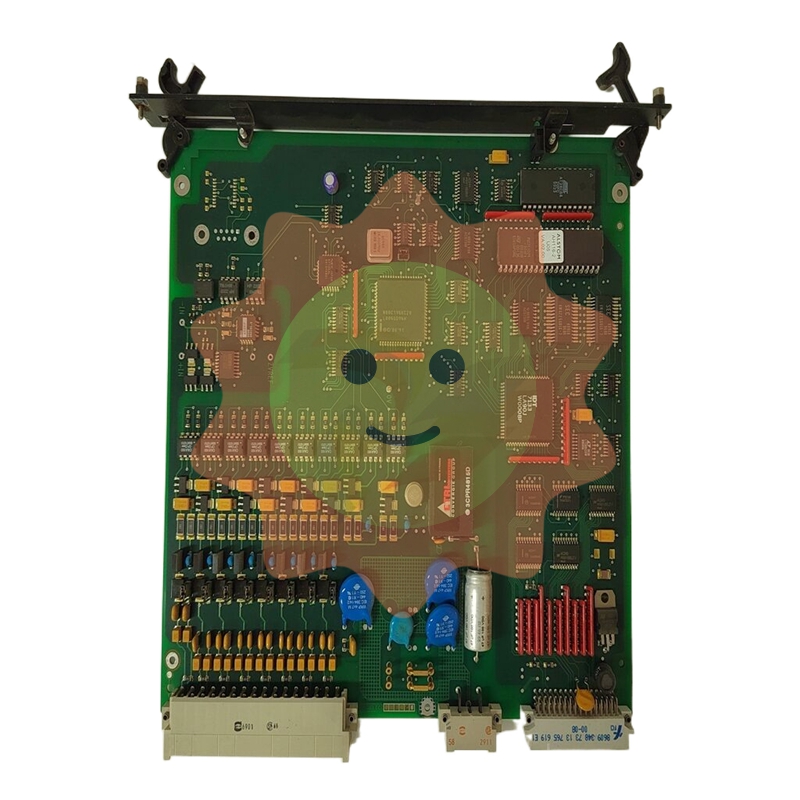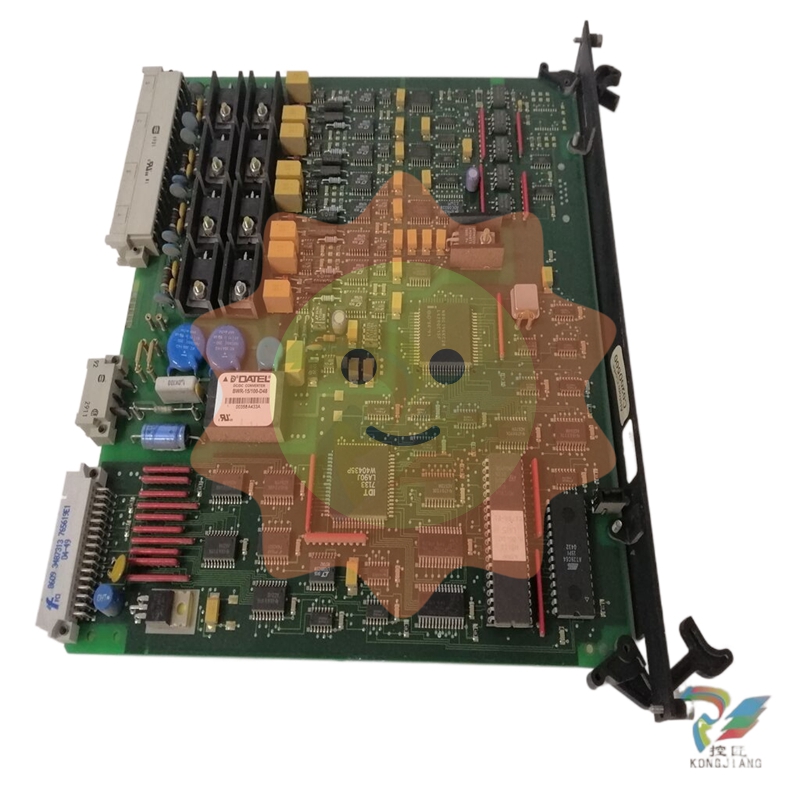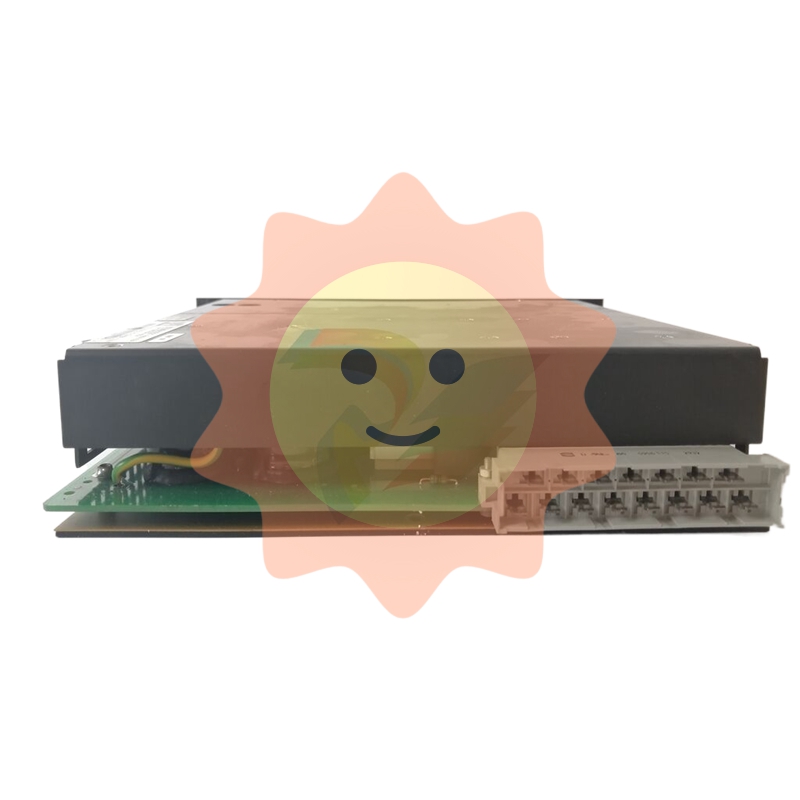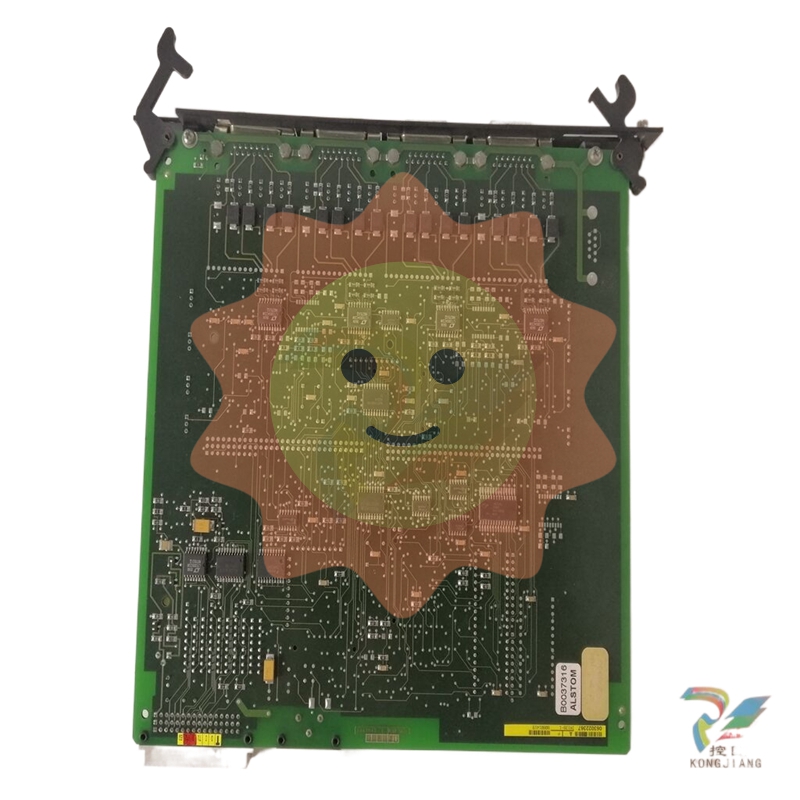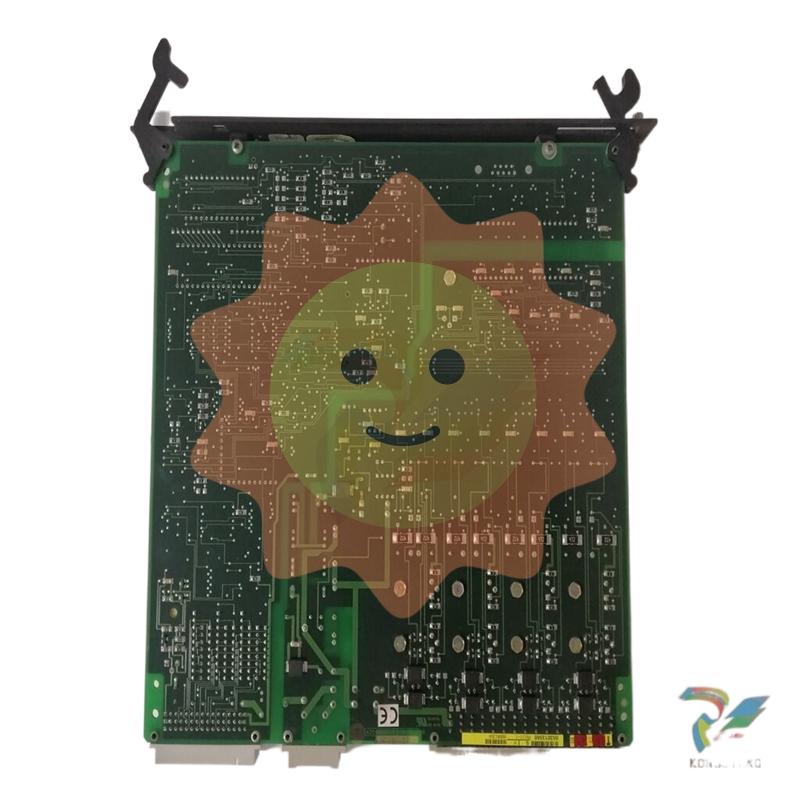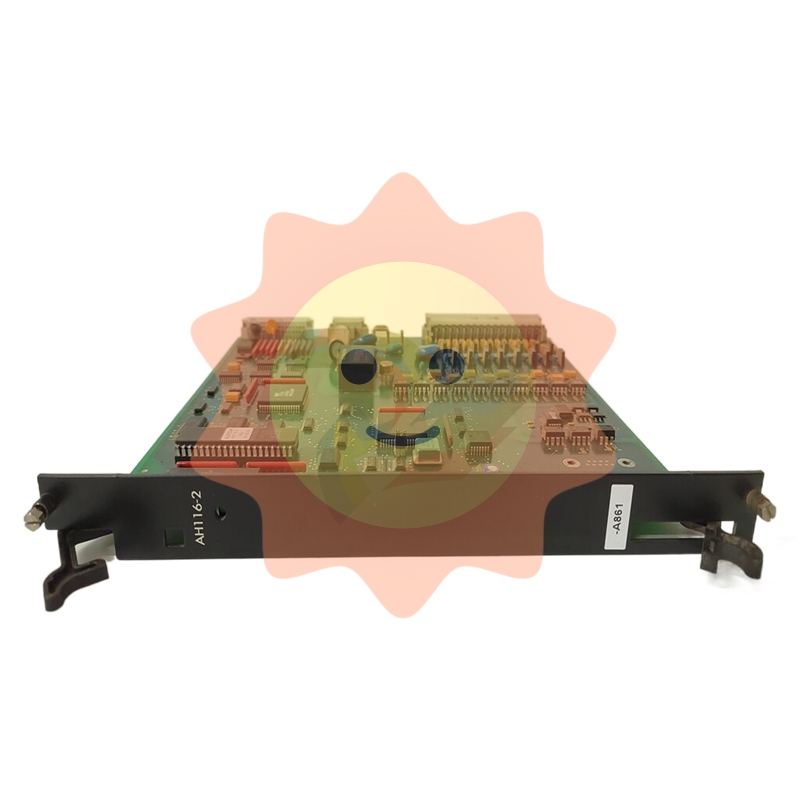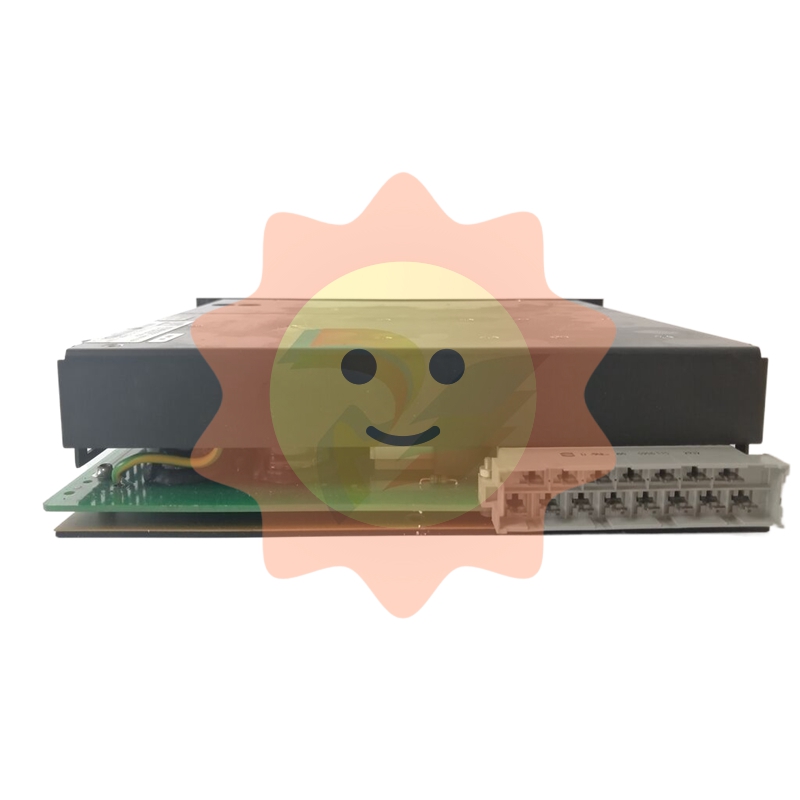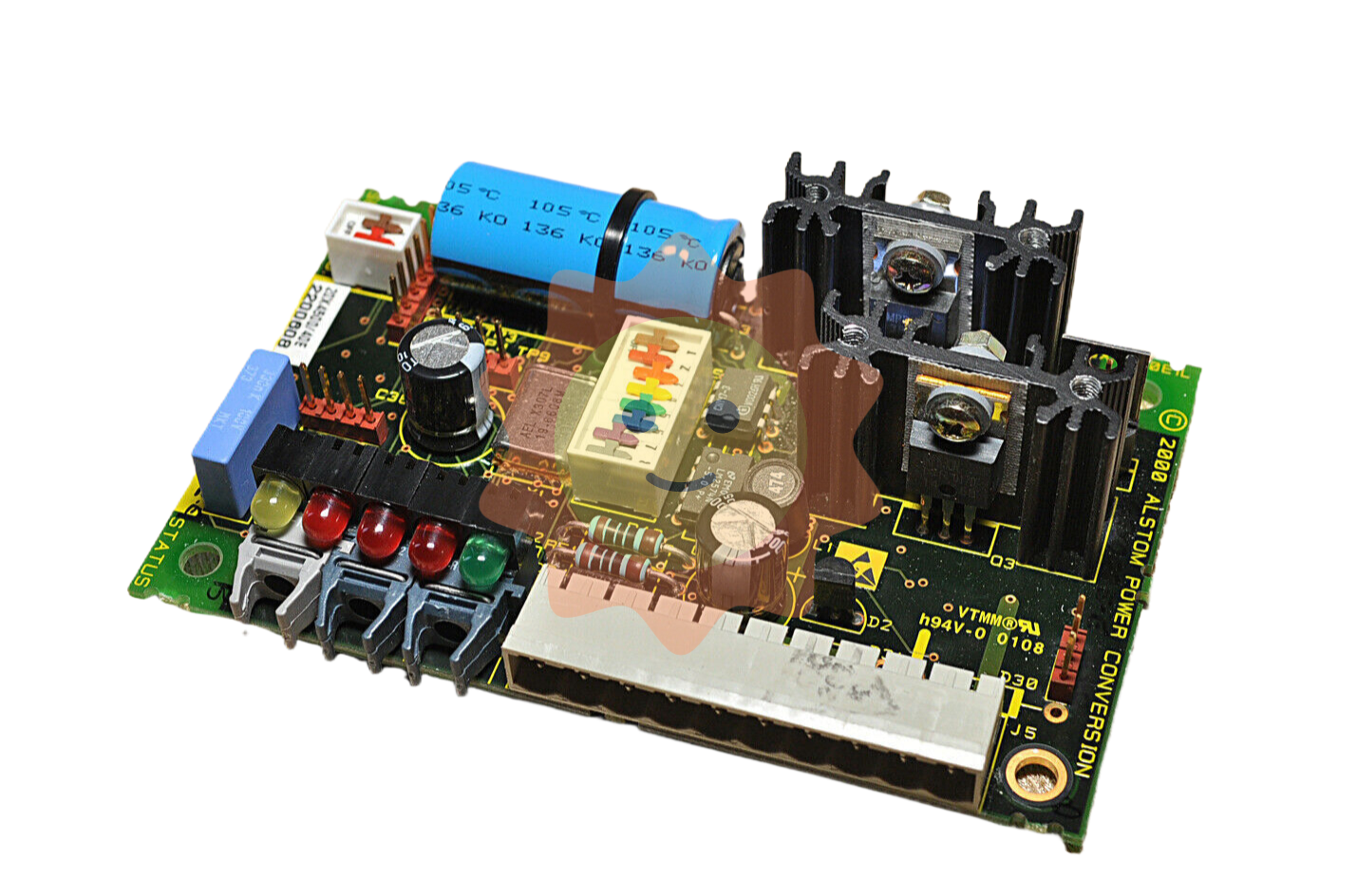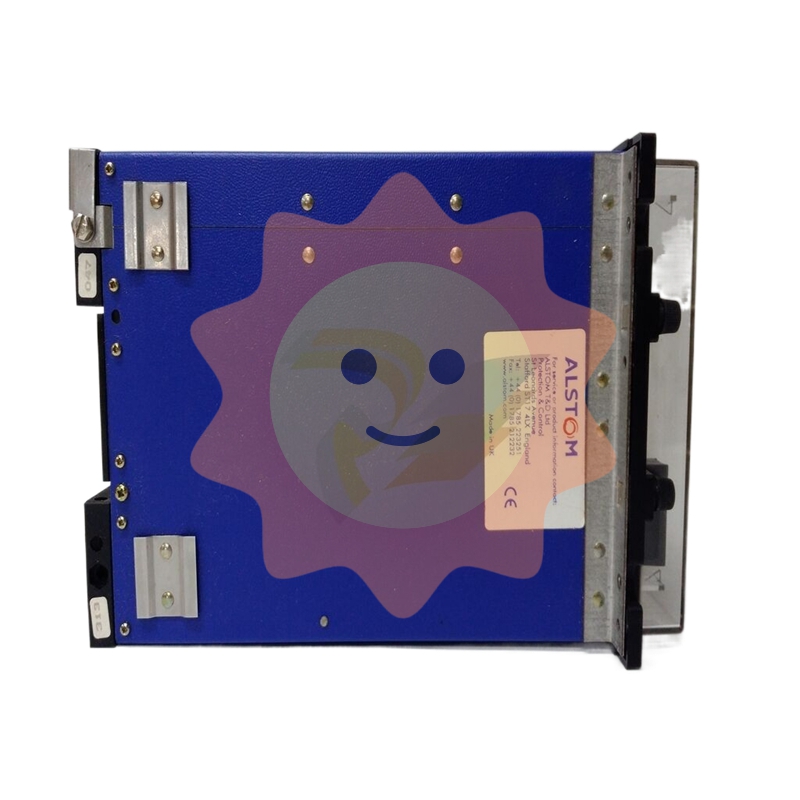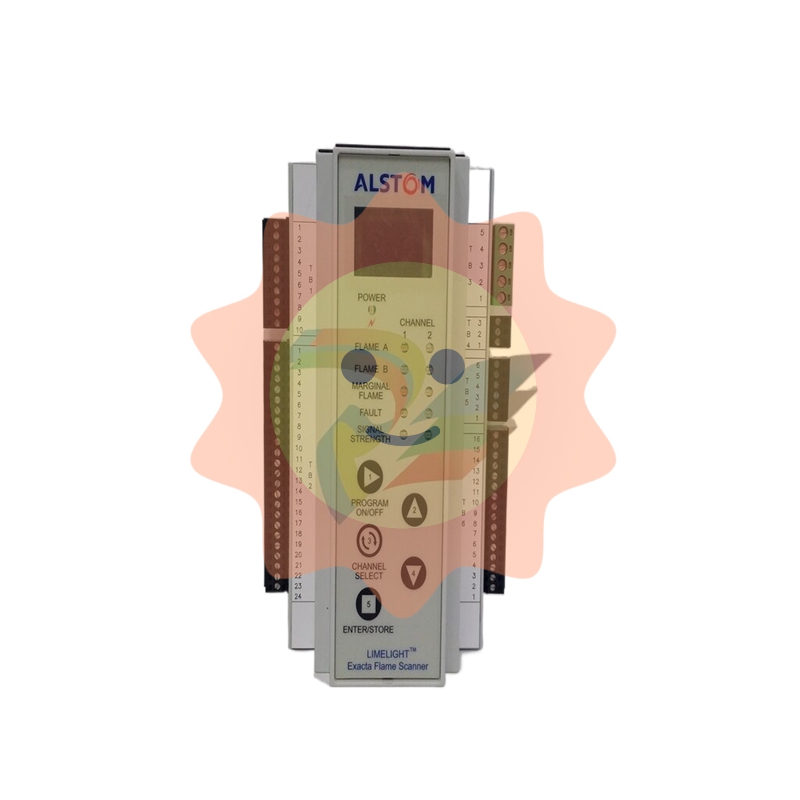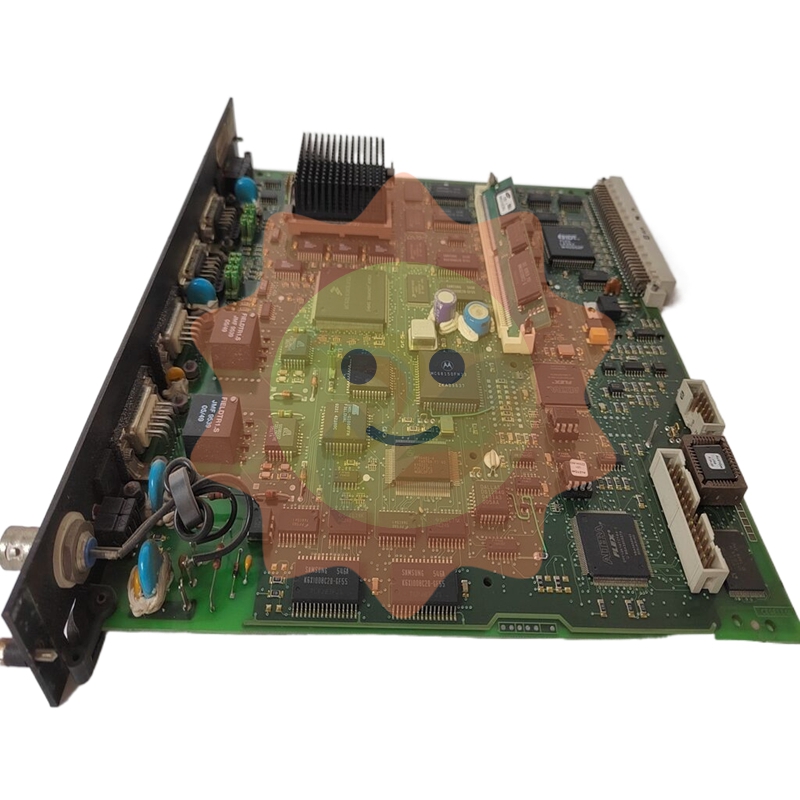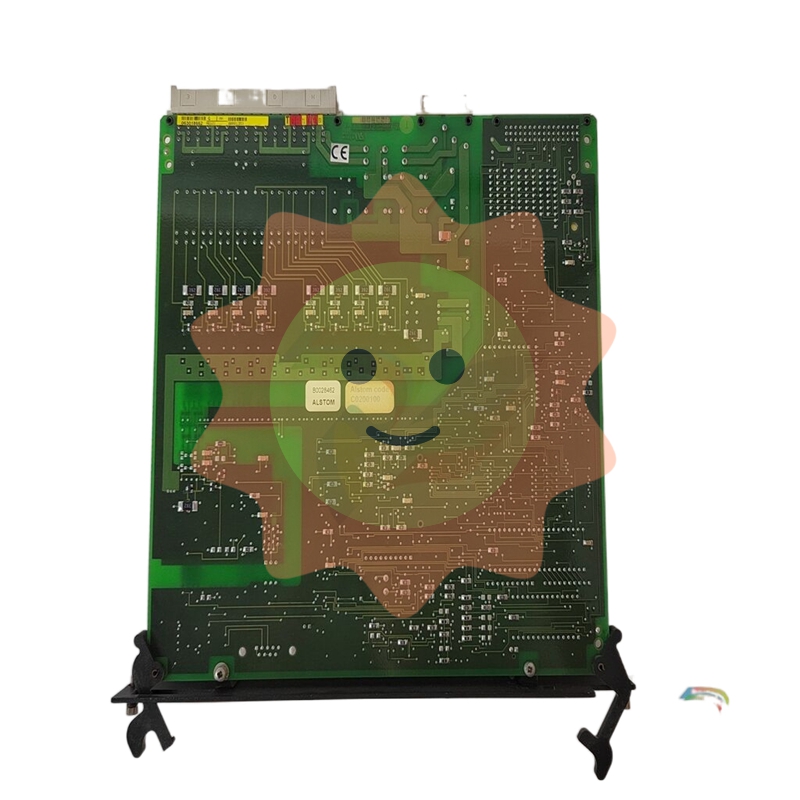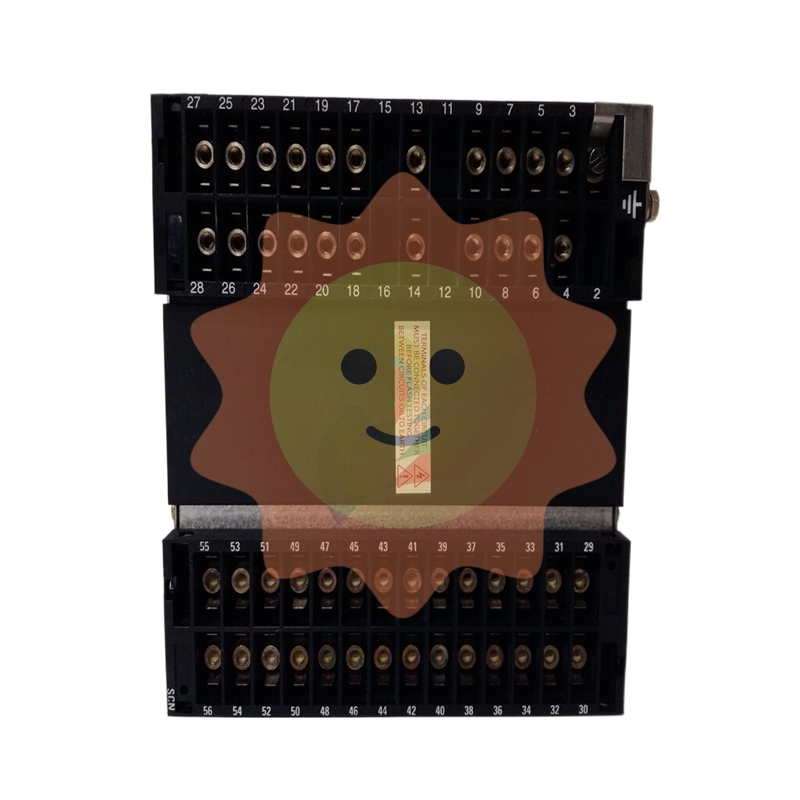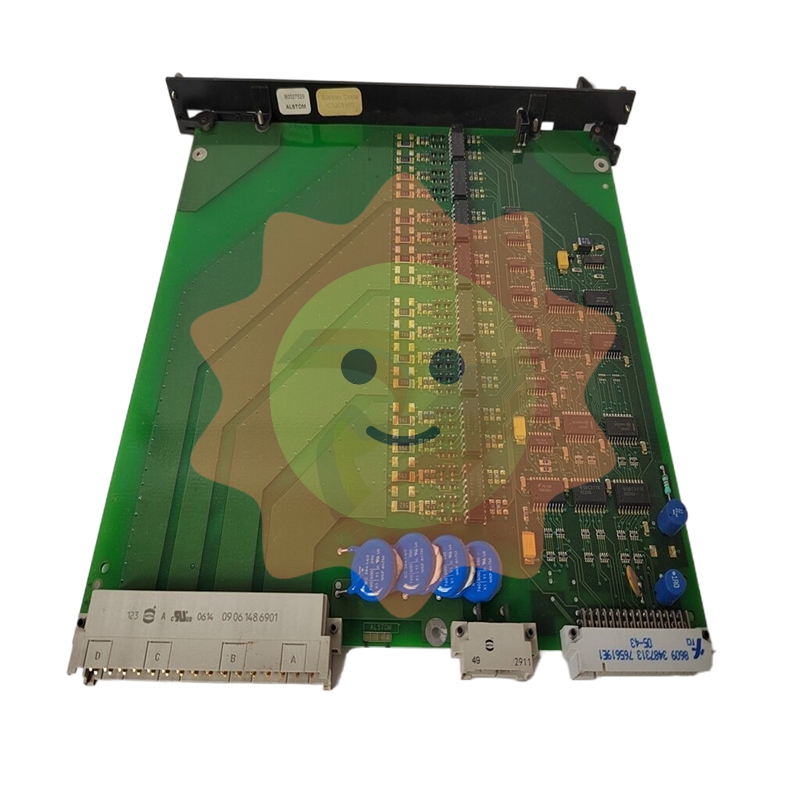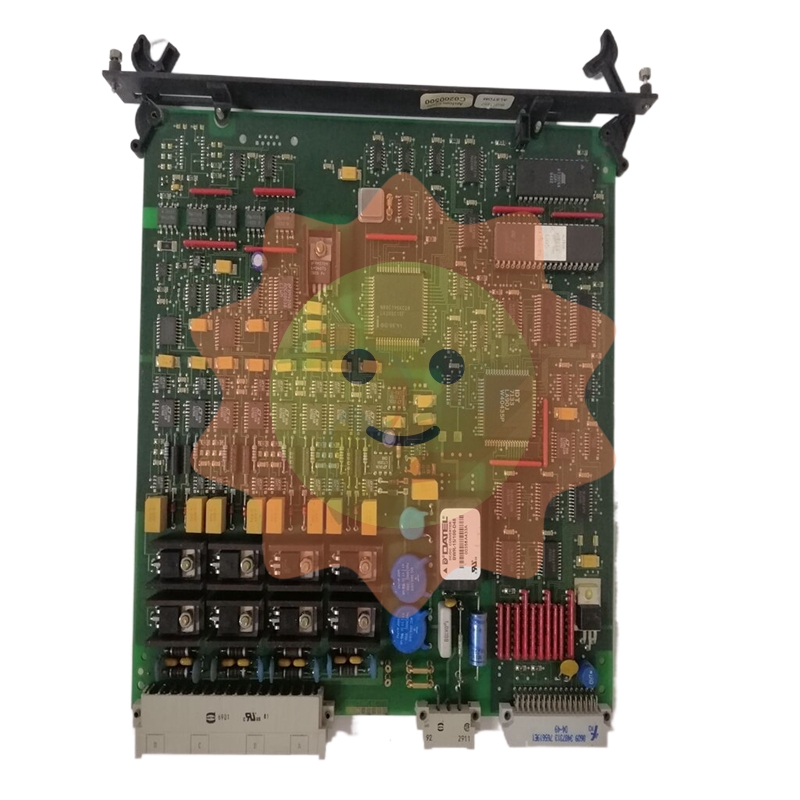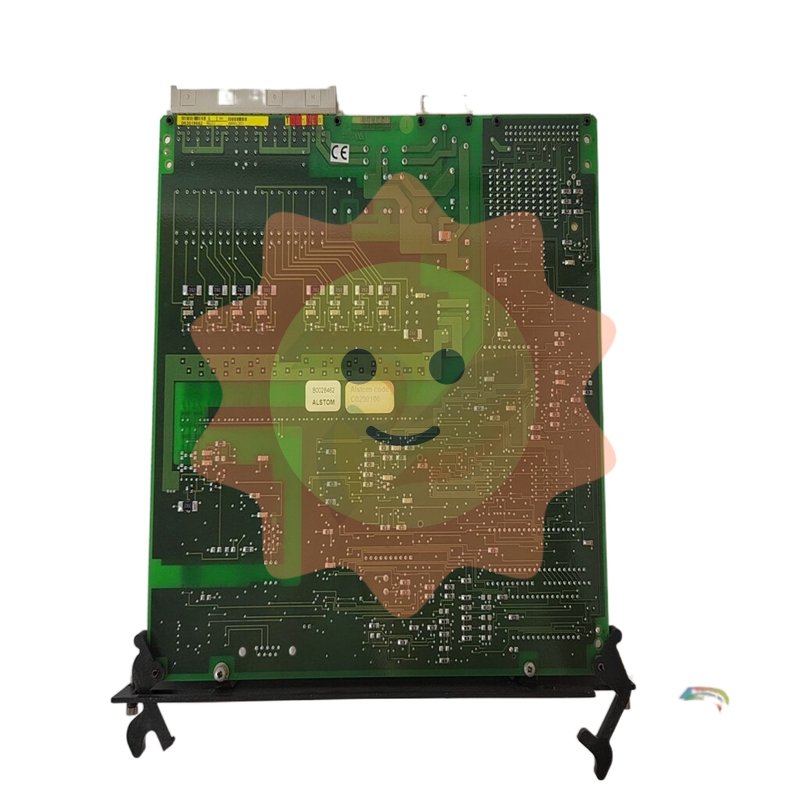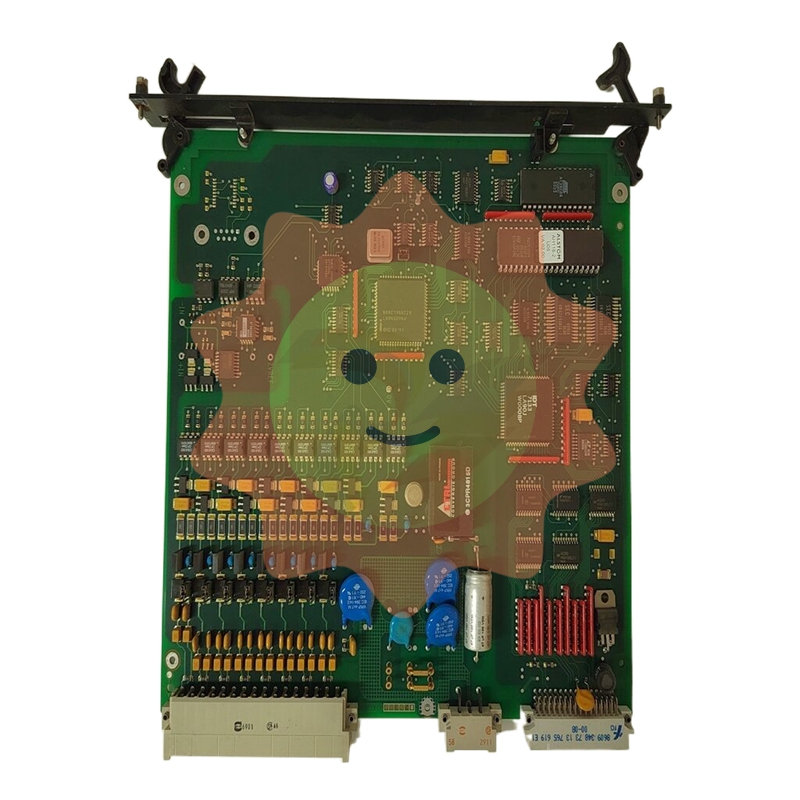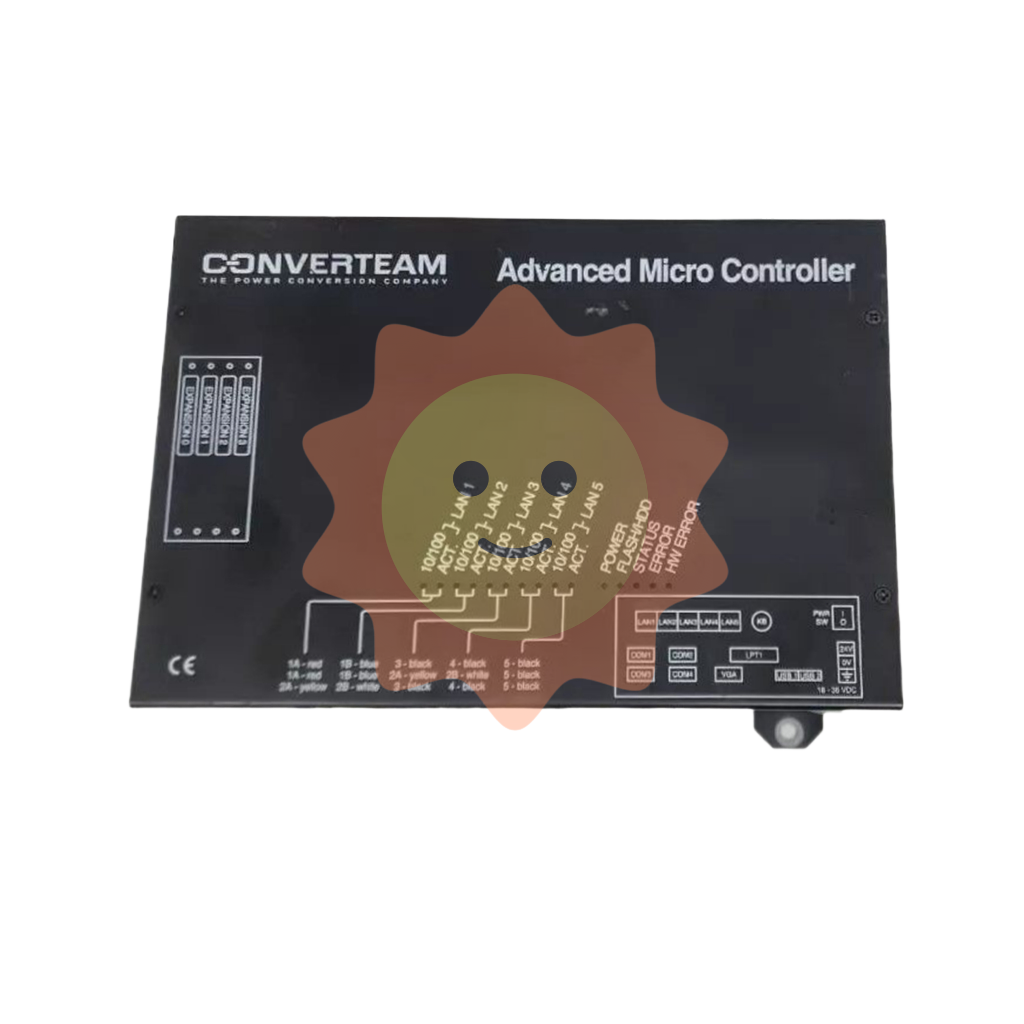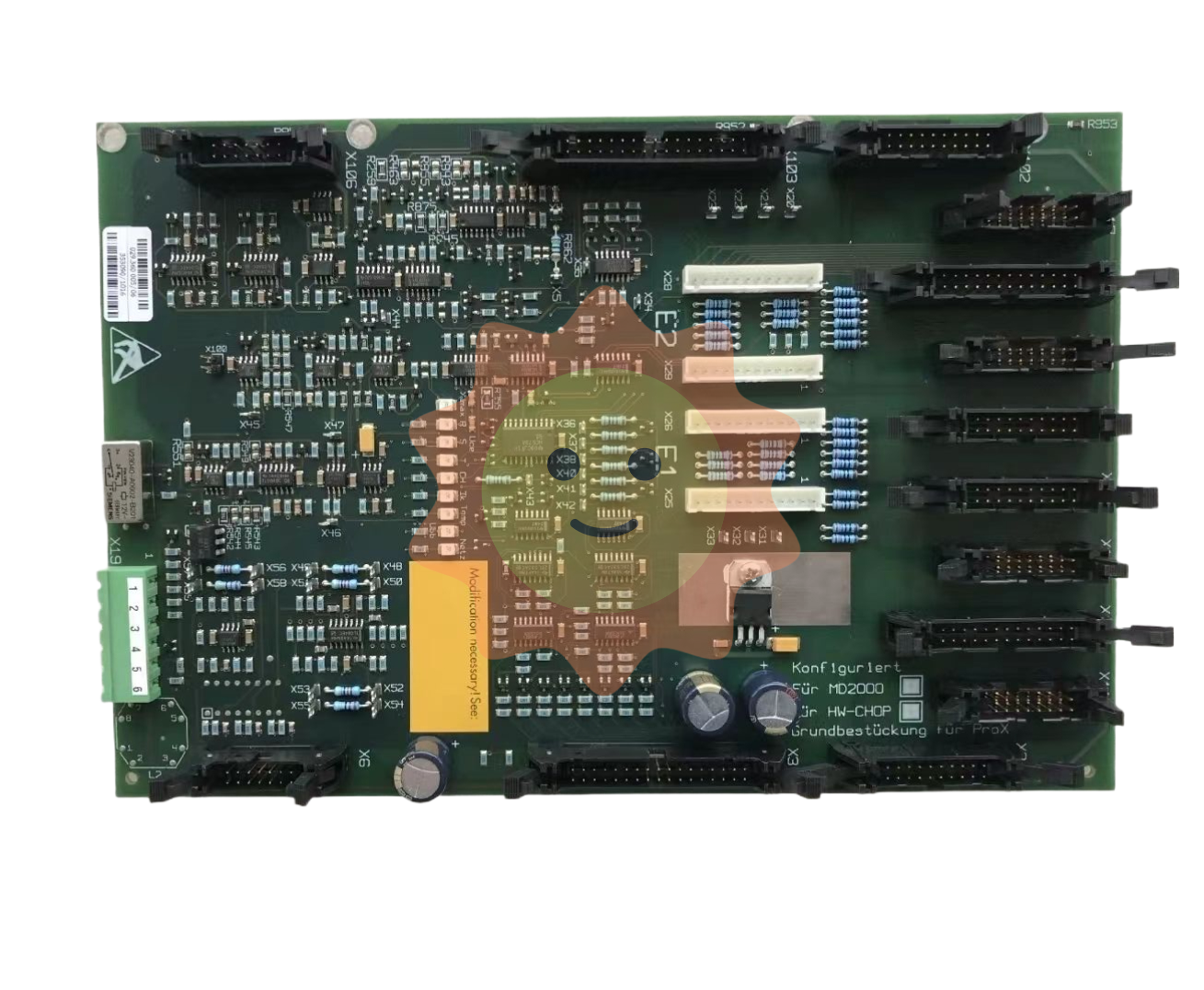What is the energy conversion in the process of power generation in thermal power plants?
1, the combustion of coal in the boiler produces a lot of heat, chemical energy into heat energy.
2, water in the boiler, resulting in high temperature and high pressure steam; Steam through the steam turbine to convert heat energy into rotating power; After the heat energy of high-pressure steam is converted into mechanical energy, condensed water vapor is formed, and the heat energy becomes mechanical energy.
3, high pressure steam to drive the rotor rotation power generation, mechanical energy into electrical energy.
Nuclear power generation is a thermal power generation using the energy released by nuclear fission or nuclear fusion reaction to produce electrical energy.
Power generation principle
The power generation process of nuclear power plants and thermal power plants is the same, which is the energy conversion process of thermal energy - mechanical energy - electric energy. Thermal power plants use coal and oil to generate electricity, while nuclear power plants use uranium fuel. Uranium is a very heavy metal, nuclear fuel made of uranium in the reactor fission and produce a lot of heat energy to heat water to produce steam, steam through the pipeline into the turbine, drive the turbine generator power generation, so that mechanical energy into electrical energy.
What is the energy conversion in the process of power generation in thermal power plants? - : The use of coal, oil, natural gas and other solid, liquid, gas fuel combustion generated by the heat, through the power generation power plant (including power plant boilers, turbines and generators and their auxiliary devices) into electrical energy. Simply put, it is the use of fuel (coal) to heat, heat water, form high temperature and high pressure superheated steam, promote the rotation of the gas turbine, drive the rotor of the generator (electromagnetic field) to rotate, the stator coil cuts the magnetic force line, and emits electrical energy, and then the booster transformer is used to rise to the system voltage, and the system is connected to the grid to transmit electrical energy.

The thermal power plant consists of three main equipment - boiler, steam turbine, turbogenerator and corresponding auxiliary equipment, which are connected by pipelines or lines to form the main production system, that is, the combustion system, the steam water system and the electrical system.
The so-called fuel is a general term for substances that burn easily in the air and can economically use their combustion heat, and must also be easy to supply, cheap, convenient storage, handling, disposal, etc. The fuel used in China's thermal power plants can be roughly divided into solid fuel, liquid fuel and gas fuel according to its use status.
Hydroelectric power - Using the potential energy of the water level difference between the upstream and downstream of the dam, the ice turbine drives the generator to generate electricity.
• Thermal power generation
Advantages: Low cost, mature technology
Disadvantages: environmental pollution, consumption of primary energy
Nuclear power generation
Advantages: No primary energy consumption,
Disadvantages: Nuclear leakage will cause nuclear radiation, the cost is higher than thermal power
Hydroelectric power generation
Advantages: green environmental protection, save primary energy
Disadvantages: water source can not be guaranteed, the cost is higher than thermal power
Lightning, thunder, and rain
Thermal power generation is a way of generating electricity by burning fuel to generate power and drive a generator to produce electricity. Power plants that generate electricity by thermal power are called thermal power plants or thermal power plants. Thermal power plants usually burn fossil fuels such as coal, oil and natural gas, bio-fuels such as wood chips and biogas, and also use domestic waste as fuel. Thermal power plants will produce a lot of harmful waste gas in power generation, if not properly treated will cause serious environmental pollution.
Modern thermal power plants mostly use steam turbines to drive generators to produce electricity. The fuel is burned in the boiler to produce high-pressure steam, which turns the turbine and turns the generator to generate electricity. The waste heat of steam turbine can be used for urban heating to improve the utilization rate of energy.
Nuclear power is the use of controlled nuclear reactions to obtain energy, resulting in power, heat and electricity. Because of the nuclear radiation problem and the human can only control nuclear fission, so nuclear energy has not been used on a large scale for the time being. The principle of using nuclear reactions to obtain energy is that when fissile material (such as uranium-235) is fission under controlled conditions, nuclear energy is released in the form of heat, which is used to drive steam engines. Steam engines can provide power directly, or they can be connected to a generator to produce electricity. Some submarines and aircraft carriers in the world's militaries (mainly the United States) are powered by nuclear energy, and nuclear energy provides 7 percent of all the energy, or 15.7 percent of all the electricity, that humans receive each year.

Current technology
Nuclear reactors in operation today can be divided into two main categories according to the method of fission, and within each category, several sub-categories can be divided according to the means of controlling fission:
Nuclear fission reactors obtain nuclear energy through controlled nuclear fission, which is released from the nuclear fuel in the form of heat.
The current nuclear power plants are all nuclear fission reactors, which is also the main content of this paragraph. The output power of a nuclear fission reactor is adjustable. Nuclear fission reactors can also be classified by generation, such as first, second and third generation nuclear reactors. Today's standard nuclear reactors are pressurized water reactors (PWR).
The difference between fast and thermal nuclear reactors will be discussed later. In general, fast reactors produce less nuclear waste and have a much shorter half-life than other types of reactors, but they are difficult to build and expensive to operate. Fast neutron reactors can also be used as proliferative reactors, while thermal reactors generally cannot.
A. Pressurized water Nuclear Reactor (PWR)
Such reactors are cooled entirely by high-pressure water and slow down neutrons (even at extremely high temperatures). Most reactors in operation fall into this category. Although the reactor at Three Mile Island was of this type, it is generally considered the safest. This is a thermal nuclear reactor.
B. Boiling Water Reactor (BWR)
These reactors also use light water as a coolant and moderator, but the water pressure is slightly lower than the former type. Because of this, the water can boil inside the reactor, so the reactor is more efficient, simpler, and
B. Boiling Water Reactor (BWR)
These reactors also use light water as a coolant and moderator, but the water pressure is slightly lower than the former type. Because of this, water can boil inside the reactor, so the reactor is more thermal efficient, simpler, and potentially safer. The disadvantage is that boiling water raises the water pressure, so the radioactive water could suddenly leak out. Such reactors also account for a large proportion of the reactors currently in operation. This is a thermal nuclear reactor. The reactors at Taiwan's Nuclear power plants No. 1 and No. 2 are of this type.
C. Pressurized Heavy water nuclear Reactor (PHWR)
It's a Canadian-designed reactor, or CANDU, that uses high-pressure heavy water to cool and slow down. The nuclear fuel for such reactors is not contained in a single pressure chamber, but in hundreds of pressure tubes. This reactor uses natural uranium as nuclear fuel and is a thermal neutron nuclear reactor. This type of reactor allows the addition of nuclear fuel when the output power is turned on at maximum, so it can use nuclear fuel efficiently (because it can be controlled precisely). Most of the pressurized water reactors are located in Canada, with some sold to Argentina, China, India (not party to the Nuclear Non-Proliferation Treaty), Pakistan (not party to the Nuclear Non-Proliferation Treaty), Romania, and South Korea. India also operated a number of pressurized water nuclear reactors (commonly referred to as "CANDU variants") after its first nuclear test explosion.
D. Graphite light Water Nuclear Reactor (RBMK)

It's a Soviet design that produces plutonium as well as exporting electricity. The reactors are cooled by water and slowed by graphite. RBMK and DW have some aspects in common, that is, nuclear fuel can be replenished in operation, and both use pressure tubes. But unlike the pressurized water type, these reactors are unstable and too large to be housed in a building with an outer containment vessel, which is dangerous. The RBMK also had some significant safety flaws, although some of these were corrected after the Chernobyl accident. RBMK is generally considered to be one of the most dangerous nuclear reactor types. Chernobyl has four RBMK reactors.
E. Gas-cooled Reactors (GCR) and Advanced Gas-cooled Reactors (AGCR)
The reactor uses graphite as a moderator and carbon dioxide as a coolant. It operates at a higher temperature than a pressurized water reactor and is therefore more thermal efficient. A proportion of operating reactors fall into this category, most of them in the UK. Older nuclear power plants (i.e., Magnox-type) have been or will soon be closed. But advanced gas-cooled reactors will continue to operate for another 10 to 20 years. This is a thermal nuclear reactor. The cost of shutting down such plants is high because of the large reactor cores.
F. Liquid Metal Fast Breeder Nuclear Reactor (LMFBR)
Such reactors use liquid metal as a coolant rather than a moderator at all, and produce more nuclear fuel than they consume while generating electricity. Such reactors are close to pressurized water reactors in efficiency, and the operating pressure does not need to be too high, because the liquid metal does not need to be pressurized even at extremely high temperatures. The Superphoenix nuclear power plant in France and the Fermi-I nuclear power plant in the United States use such reactors. Japan's Monjusri nuclear power plant, which suffered a liquid sodium leak in 1995, is expected to restart operations in 2008. All three plants use liquid sodium. This is a fast neutron reactor rather than a thermal reactor. There are two types of liquid metal reactors:
Liquid lead reactor
Such reactors use liquid lead as a coolant, which is not only an excellent material for insulating radiation, but can also withstand high operating temperatures. Also, lead absorbs almost no neutrons, so fewer neutrons are lost during cooling, and the coolant does not become radioactive. Unlike sodium, lead is inert, making it less likely to cause accidents, but applying such large amounts of lead can be toxic and tricky to clean up. Such reactors often use lead-bismuth eutectic alloys. In this case, bismuth creates some minor radiological problems because it absorbs a small number of neutrons and also becomes radioactive more easily than lead.
Liquid sodium reactor
Most liquid metal reactors fall into this category. Sodium is readily available and protects against corrosion. However, sodium explodes violently when it encounters water, so be careful when using it. Even so, dealing with a sodium explosion is no more troublesome than dealing with a leak of ultra-hot light water in a pressurized water reactor.
Radioisotope thermogenerators gain heat by passive decay.
Some radioisotope thermogenerators have been used to power space probes (such as Cassini-Huygens), some lighthouses in the Soviet Union, and certain pacemakers. The heat generated by this generator decreases over time, and its heat is converted into electricity through the thermoelectric effect.

Effects on human health
Most of the radiation that humans are exposed to is background radiation in nature. Outside of background radiation, most of it is related to medical treatment. Several large studies covering the United States, Canada and Europe have found no evidence of increased cancer mortality among people living near nuclear reactors. In 1990, for example, the National Cancer Institute (NCI), part of the National Institutes of Health, announced that after a large-scale study of death rates from 16 types of cancer, they concluded that people living around the 62 nuclear power plants in the United States had no higher cancer death rates than elsewhere. The study also found no increase in leukemia deaths among local children after a new nuclear power plant was built. The study, the largest cancer study ever conducted by the National Cancer Institute, looked at 900,000 cancer deaths among people living near nuclear power plants.
In addition to the direct effects of the Chernobyl nuclear accident, in some places in Ukraine and Belarus, the soil is also radioactive. For this reason, an evacuation zone was established around the Chernobyl nuclear power plant.
In March 2006, safety inspections found that some nuclear power plants in the United States had been carrying tritium-contaminated water
In March 2006, safety inspections found that some nuclear power plants in the United States had been leaking tritium-contaminated water into the soil. (The water discharged from the nuclear power plant will flow into the river through the waste pipe, and the waste water will already meet the discharge standards. However, only a very small amount of tritium entered the drinking water supply by releasing it into the soil.) The attorney general of Illinois said she would Sue Exelon for six such leaks, and that she wanted the company to provide clean tap water to nearby residents, even though none of the Wells outside the company had exceeded the standard. After conducting an investigation, the NRC stated that "the inspection confirmed that there were no harmful effects on public health and safety and that the doses to which the public was exposed were very low compared to NRC standards." But, said the chairman of the Nuclear Regulatory Commission, "they need to fix it."
Environmental impact
Air pollution
Non-radioactive water vapor is the main waste emitted by nuclear power plants during operation. Nuclear fission produces gases such as iodine-131 and xenon-133. The gas would mostly be trapped in the fuel rods, but in a hypothetical accident, a small amount would be released into the coolant. Chemical control systems isolate radioactive gases, which need to be stored for a long time (several times their half-life) until they are safe. Iodine-131 and xenon-133 have half-lives of 8.0 and 5.2 days, respectively, so they need to be stored for several months.

Nuclear power generation does not directly produce sulfur dioxide, nitrogen oxides, mercury or other pollutants associated with the burning of fossil fuels. (In the United States alone, many people die each year from pollutants produced by burning fossil fuels.) It also does not produce carbon dioxide directly, which has led some environmentalists to support reliance on nuclear power to reduce emissions of the greenhouse gases that contribute to global warming.
To produce nuclear fuel, ore needs to be collected and processed. The process uses either diesel or gasoline engines directly, or electricity from the grid, which may be generated by burning fossil fuels. The nuclear fuel cycle analysis evaluates the energy consumed by the process (in terms of today's energy mix) and calculates the ratio of the reduction in carbon dioxide emissions (related to how much power the plant provides) to the amount of carbon dioxide emitted (related to the construction of the plant and the acquisition of nuclear fuel) over the life of the plant.
Some cycle analyses have shown that nuclear power plants emit similar emissions per kilowatt-hour of electricity to wind power per kilowatt-hour. A 2001-2005 cycle analysis found that, depending on the concentration of uranium in the fuel, a kilowatt-hour of electricity generated by a nuclear power plant emits 20 to 120 percent of the carbon dioxide emitted by a kilowatt-hour of electricity generated by a natural-gas plant. In 2003, the World Association for Nuclear Materials criticized this cycle analysis, and in 2006 conducted its own cycle analysis that contradicted its conclusions.
In 2006, the UK government's Sustainable Development Commission concluded that doubling the UK's nuclear capacity would reduce the country's carbon dioxide emissions by 8% by 2035. The UK aims to reduce greenhouse gas emissions by 60% by 2050. As in 2006, the British government will publish its own study later this year.
- EMERSON
- Honeywell
- CTI
- Rolls-Royce
- General Electric
- Woodward
- Yaskawa
- xYCOM
- Motorola
- Siemens
- Rockwell
- ABB
- B&R
- HIMA
- Construction site
- electricity
- Automobile market
- PLC
- DCS
- Motor drivers
- VSD
- Implications
- cement
- CO2
- CEM
- methane
- Artificial intelligence
- Titanic
- Solar energy
- Hydrogen fuel cell
- Hydrogen and fuel cells
- Hydrogen and oxygen fuel cells
- tyre
- Chemical fiber
- dynamo
- corpuscle
- Pulp and paper
- printing
- fossil
- FANUC
- Food and beverage
- Life science
- Sewage treatment
- Personal care
- electricity
- boats
- infrastructure
- Automobile industry
- metallurgy
- Nuclear power generation
- Geothermal power generation
- Water and wastewater
- Infrastructure construction
- Mine hazard
- steel
- papermaking
- Natural gas industry
- Infrastructure construction
- Power and energy
- Rubber and plastic
- Renewable energy
- pharmacy
- mining
- Plastic industry
- Schneider
- Kongsberg
- NI
- Wind energy
- International petroleum
- International new energy network
- gas
- WATLOW
- ProSoft
- SEW
- wind
- ADVANCED
- Reliance
- YOKOGAWA
- TRICONEX
- FOXBORO
- METSO
- MAN
- Advantest
- ADVANCED
- ALSTOM
- Control Wave
- AB
- AMAT
- STUDER
- KONGSBERG
- MOTOROLA
- DANAHER MOTION
- Bentley
- Galil
- EATON
- MOLEX
- Triconex
- DEIF
- B&W
- ZYGO
- Aerotech


email:1583694102@qq.com
wang@kongjiangauto.com


